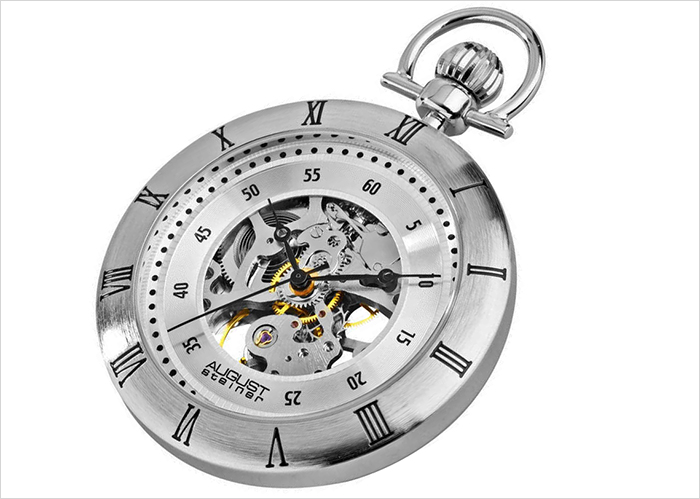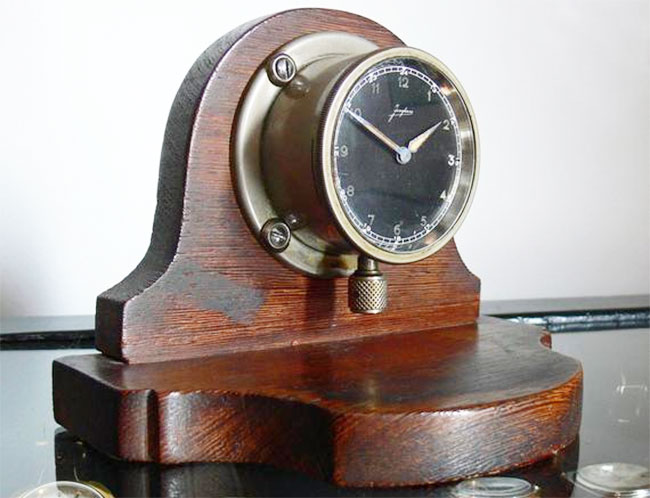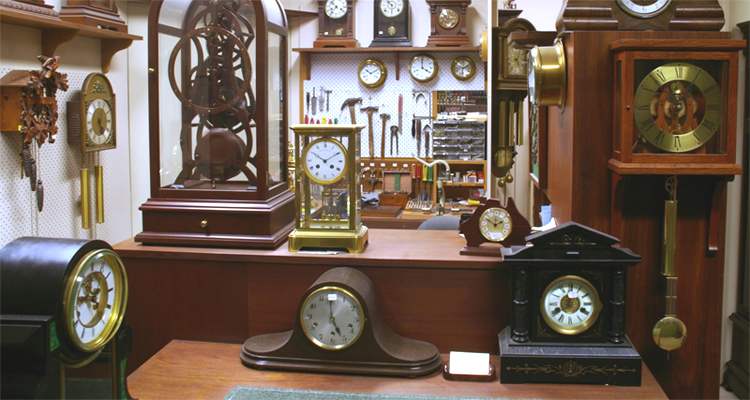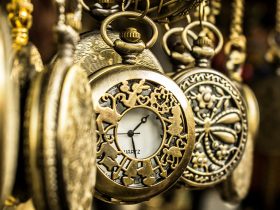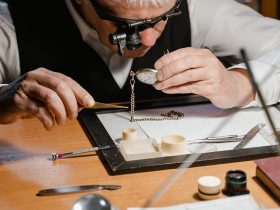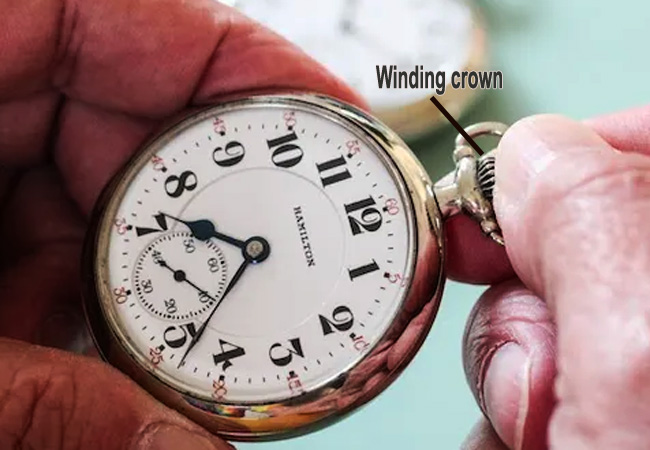Welcome to ClocksInfo.com! This is a guide to antique clocks, its various kinds, history, how to value them, info about how to start and sell antique clocks, and more.
Latest News & Articles
Antique Clocks – Its Attributes & History
Clock collecting is a hobby and a form of historical preservation in
which individuals collect and appreciate antique clocks. Antique clocks
are timepieces that are typically over 100 years old. Collecting these
kind of clocks requires knowledge of clock history, craftsmanship, and
maintenance. It is essential to research and learn about the various
types of clocks, their provenance, and their condition. Networking with
other collectors, attending auctions, and visiting antique shops can
help enthusiasts find and acquire pieces for their collections.
An background to Antique Clocks
In the ever-evolving landscape of timekeeping, there exists a realm where the past converges with the present in a symphony of craftsmanship, history, and artistry – Welcome to the world of antique clocks; where each tick and tock resonates with the echoes of centuries gone by. Here on Clocksinfo.com, we invite you on a journey to delve deeper into the enchanting world of antique clocks, where every piece tells a story and every mechanism whispers secrets of the past.
Unraveling the Essence of Antique Clocks
At the heart of the fascination with antique clocks lies a profound appreciation for their exquisite craftsmanship, intricate mechanisms, and timeless beauty. Unlike their modern counterparts, which often prioritize efficiency and precision, antique clocks evoke a sense of nostalgia and wonder, transporting us to bygone eras of elegance and refinement.
What Defines an Antique Clock
An antique clock is more than just a timekeeping device; it is a testament to the ingenuity, skill, and artistry of generations of craftsmen. These timepieces, typically crafted before the advent of mass production methods, exhibit a remarkable diversity of styles, designs, and techniques. From the grandeur of towering longcase clocks to the delicate intricacy of miniature carriage clocks, each piece reflects the aesthetic sensibilities and technological advancements of its era.
Attributes of Antique Clocks
One of the most captivating aspects of antique clocks is the diversity of their designs and mechanisms. Whether adorned with intricate woodcarvings, elaborate enamelwork, or ornate gilding, each clock showcases the artistic mastery and attention to detail of its creator. Moreover, the inner workings of antique clocks—comprising gears, escapements, and pendulums—serve as marvels of mechanical engineering, testifying to the ingenuity and innovation of early horologists.
A Journey Through History
The history of antique clocks is a tapestry woven with threads of innovation, craftsmanship, and cultural exchange. From the sundials of ancient civilizations to the precision timekeepers of the Renaissance, the evolution of clockmaking mirrors the progress of human civilization itself.
The Renaissance period witnessed a flourishing of clockmaking craftsmanship, as artisans such as Giovanni Dondi and Christiaan Huygens made groundbreaking advancements in horology. The subsequent centuries saw the rise of renowned clockmaking centers in England, France, and Switzerland, each contributing its own unique style and innovation to the art of timekeeping.
The advent of the Industrial Revolution brought about significant changes in clock production, ushering in an era of mass manufacturing and standardization. Despite this shift towards mechanization, however, the allure of handcrafted antique clocks endured, with discerning collectors and enthusiasts continuing to seek out these timeless treasures.
Assessing the Value
Determining the value of an antique clock is a nuanced endeavor, influenced by factors such as rarity, provenance, condition, and aesthetic appeal. Rare and historically significant pieces, such as those crafted by renowned artisans or commissioned for royalty, command premium prices at auctions and private sales.
Provenance plays a crucial role in establishing the value of an antique clock, with pieces boasting distinguished ownership histories often fetching higher prices than those lacking such provenance. Similarly, clocks with documented connections to significant historical events or figures carry added prestige and value within the collector’s market.
Condition is another key consideration when assessing the value of antique clocks. Well-preserved examples, with original components and minimal restoration, tend to command higher prices than those exhibiting signs of wear, damage, or excessive intervention. However, it is essential to strike a balance between preservation and restoration, ensuring that any interventions are conducted with care and respect for the clock’s integrity and historical significance.
The current market in 2024
In recent years, there has been a resurgence of interest in antique clocks among collectors, enthusiasts, and investors worldwide. The proliferation of online marketplaces, specialized auctions, and dedicated antique clock fairs has provided unprecedented access to rare and exceptional pieces, driving demand and prices upward.
Despite the advent of digital timekeeping technologies, the allure of antique clocks endures, offering a tangible connection to the past and a testament to the enduring appeal of fine craftsmanship and timeless beauty. Whether as investment assets, decorative accents, or cherished heirlooms, antique clocks continue to captivate and inspire, reminding us of the inexorable passage of time and the enduring legacy of human ingenuity.
Conclusion
In conclusion, antique clocks stand as timeless treasures that transcend mere timekeeping, embodying the artistry, history, and cultural richness of bygone eras. As custodians of this venerable tradition, it is incumbent upon us to preserve, cherish, and celebrate these exquisite timepieces for future generations to appreciate and enjoy. In doing so, we also honor the legacy of the master craftsmen and artisans who have gifted us with these marvels of horological artistry, ensuring that their beauty and significance endure for centuries to come.


